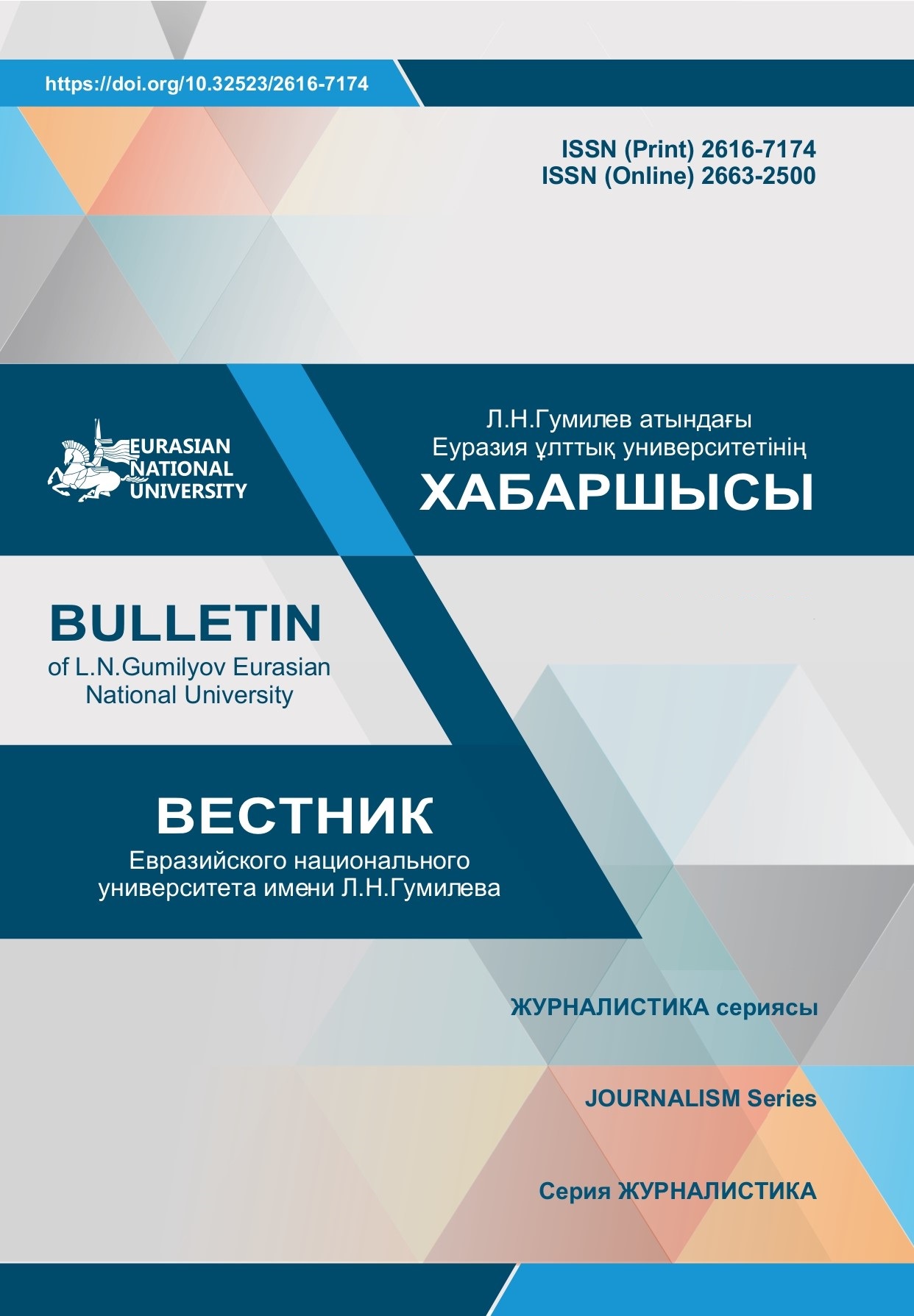Trends in the development of socio-cultural aspects of TV programs
Views: 182 / PDF downloads: 434
Keywords:
Television, TV program, social problem, cultural program, television process, information transformationAbstract
Kazakhstan has recently seen significant trends and transformations in the socio-cultural aspects of television programs. One of the main trends is the increase in the amount of Kazakh-language content on television. In Kazakhstan, in recent years, much attention has been paid to the development of national culture, language, and history, and this is reflected in television. However, despite this, there is still a lot of foreign content on television, especially in the entertainment sector.
Another trend is the increase in the number of TV channels. Currently, there are more than 200 TV channels in Kazakhstan, which provides a wide choice for viewers. There have also been changes in the socio-cultural perception of the content of television programs. Today, viewers are more critical of propaganda materials and content that promotes violence or extremism.
Finally, one of the most obvious sociocultural trends today is the development of Internet television. In general, Internet television is becoming more popular, and this leads to significant changes in traditional television, including at the level of sociocultural aspects.
In general, it can be said that the trends and transformations of the socio-cultural aspects of TV programs in Kazakhstan show the direction of the development of television in the country in the future, and how the role of television in shaping the worldview of viewers can change.


